News archive
-
Clean fusion energy: important step forward in efforts to stabilise plasma

After months of preparation, KTH has reached an exciting milestone in its fast-moving effort to build a reactor that can create and control the magnetic field required to keep super-hot plasma in place. Photo: Torbjörn Bergkvist Published Jan 30, 2025KTH has, in collaboration with Novatron Fusion Group (NFG), reached an exciting milestone in a fast-moving clean fusion energy project. After months of preparation, the research team has recently succ...
Read the article -
Compact living helps reach climate targets
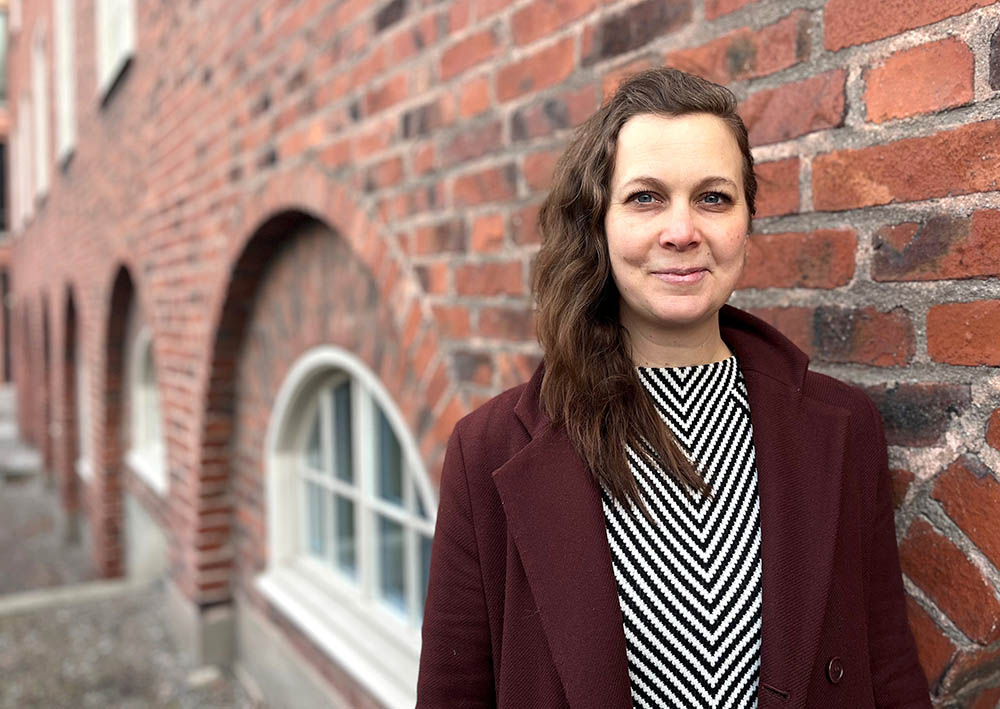
What is a reasonable size of a home if we are to be in line with climate goals? Sustainability researcher Pernilla Hagbert will investigate this in a study (Photo: Josefin Backman) Published Jan 29, 2025Swedes should live smaller - for the sake of the climate. But how cramped are we willing to live? Researchers at KTH Royal Institute of Technology will investigate this in a study on the limits of our...
Read the article -
Energy technology that cuts emissions

Monika Ignatowicz, PhD student at the Department of Energy Technology in front of a self-built prototype of a HTHP pump. Published Jan 29, 2025The principle and technology are similar to those found in refrigerators, tumble dryers and ice rinks. However, high temperature heat pumps (HTHP) are based on a more advanced and powerful technology ...
Read the article -
Congratulations to the Olympic medallists!

Olympic medallists and KTH students Jonatan Hellvig and Vilma Bobeck were celebrated at KTH.Två Published Jan 28, 2025Two of Sweden's eleven Olympic medals last summer were won by KTH students. Vilma Bobeck, silver in sailing, and Jonatan Hellvig, gold in beach volleyball, were finally able to celebrate their achieve...
Read the article -
Paris Carbone is Teacher of the Year
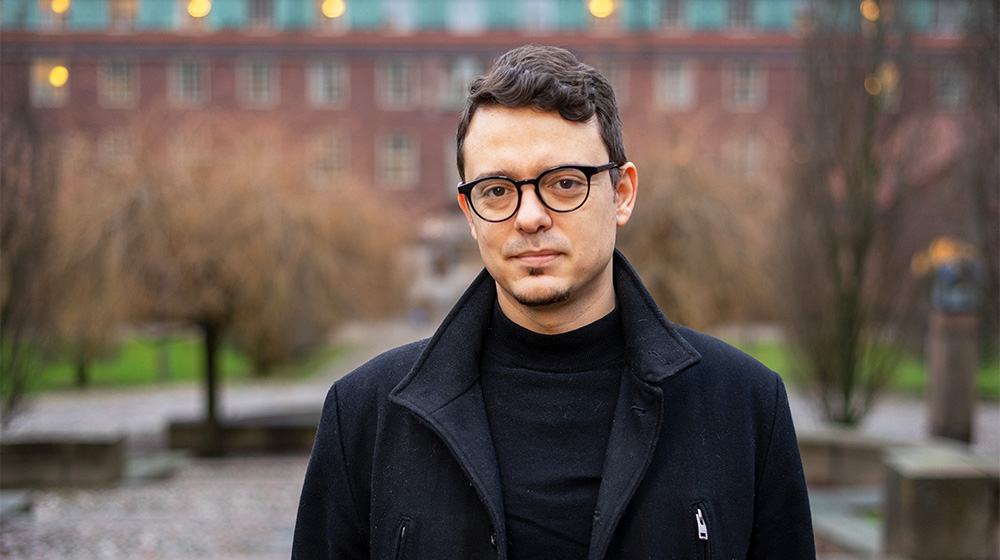
“Students are really the toughest critics of every professor," says KTH Teacher of the Year Paris Carbone. Photo: Jon Lindhe, KTH Published Jan 24, 2025He was destined to go for a career in music, until he discovered programming and computer science. Now, the student union at KTH has awarded Associate Professor Paris Carbone the title as teacher of t...
Read the article -
Study on ship sliming suggests way to reduce costs in ocean transport

Researchers at KTH Royal Institute of Technology developed a model for estimating the speed and extent of biofilm growth, which could enable ship operators to schedule hull cleaning at optimal intervals to save on fuel consumption. (Photo: David Callahan) Published Jan 20, 2025Slime build-up is a costly drag on fuel efficiency for ocean-going cargo ships, leading to more emissions and, eventually, higher consumer prices. A recent study, however, suggests a new approach to m...
Read the article -
He aims for innovative technology in medicine

Joakim Lundeberg receives 30 million kronor from the Swedish Research Council to build a strong research environment in molecular biology (Photo: Wallenberg Foundations) Published Jan 14, 2025Joakim Lundeberg, professor of molecular biotechnology at KTH Royal Institute of Technology, has received just over 30 million kronor from the Swedish Research Council's distinguished professor grant ...
Read the article -
AI better at detecting ovarian cancer

Emir Konuk and other researchers have shown that AI outperforms human experts in identifying ovarian cancer on ultrasound images (Photo: KTH) Published Jan 13, 2025AI-based models are better than human experts at identifying ovarian cancer via ultrasound images. This is the result of a study by researchers at KTH Royal Institute of Technology and KI.
Read the article -
AI can help operators make quick decisions in the electricity system
 Published Jan 08, 2025
Published Jan 08, 2025Securing the electricity supply is also about thinking smarter about the electricity we already have and increasing transmission capacity. The costs of managing bottlenecks increase as production and ...
Read the article -
Increased demand for electricity requires new solutions and innovations

Measuring voltage in a modular multilevel converter prototype. (Photo: Emelie Smedslund) Published Jan 08, 2025The Swedish electricity system is changing. Electricity is now being produced in places where there have traditionally been no power lines, such as wind farms or offshore wind power. Consumption is al...
Read the article -
KTH to fill knowledge gaps in large-scale battery production

Magnus Wiktorsson wants to join forces with process and product experts in batteries. Photo: KTH/Mostphotos Published Dec 19, 2024It is difficult to manufacture batteries on a large scale. For European industry to meet this challenge, researchers, experts, engineers and innovative solutions are required. KTH has a collective com...
Read the article -
Major Investment in AI and Life Sciences

"Multiplex single-cell protein profiling of the human kidney. Photo: SciLifeLab Published Dec 18, 2024The Knut and Alice Wallenberg Foundation (KAW) has committed 400 million kronor to Alpha Cell, a groundbreaking research project that partially builds on data from the Human Protein Atlas (HPA), led b...
Read the article -
60 million kronor to research center for stable 6G everywhere on earth
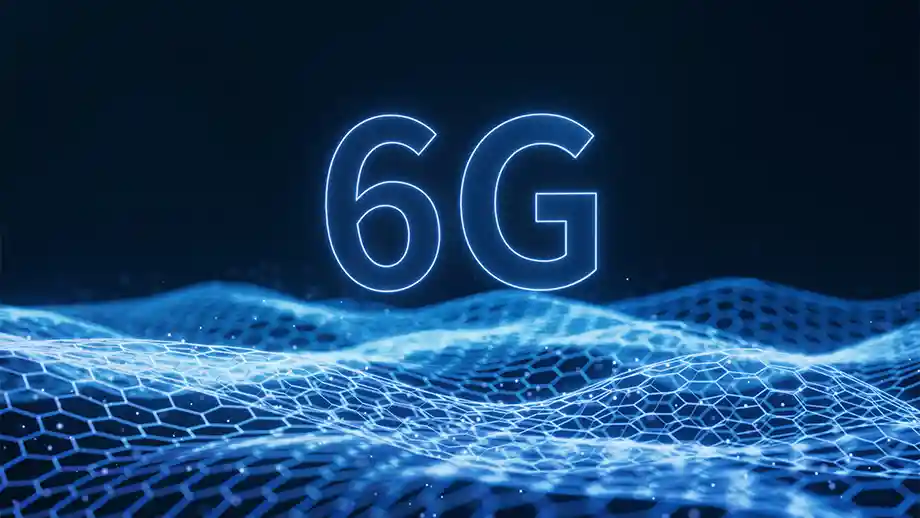
“The vision of the 6G Satellite Communication Center is that mobile communication services will be seamlessly available to anyone with a 6G device, anywhere, anytime”, says KTH Associate Professor Cicek Cavdar, Center Director. Published Dec 16, 2024SSF has awarded a grant of 60 million kronor to the multidisciplinary research center “SMART 6GSAT - Sustainable Mobile Autonomous and Resilient 6G SatCom”, the first Swedish center of its kind. “Our...
Read the article -
KTH part of state visit to Singapore

Mikael Lindström, Deputy President KTH and Bertil Andersson NTU's former President and former member of the KTH Board. Published Dec 12, 2024Mikael Lindström, Deputy President, who was on a four-day state visit to Singapore with the King of Sweden. How was the visit?
Read the article -
Research network develops collaborations for sustainable textiles and fashion
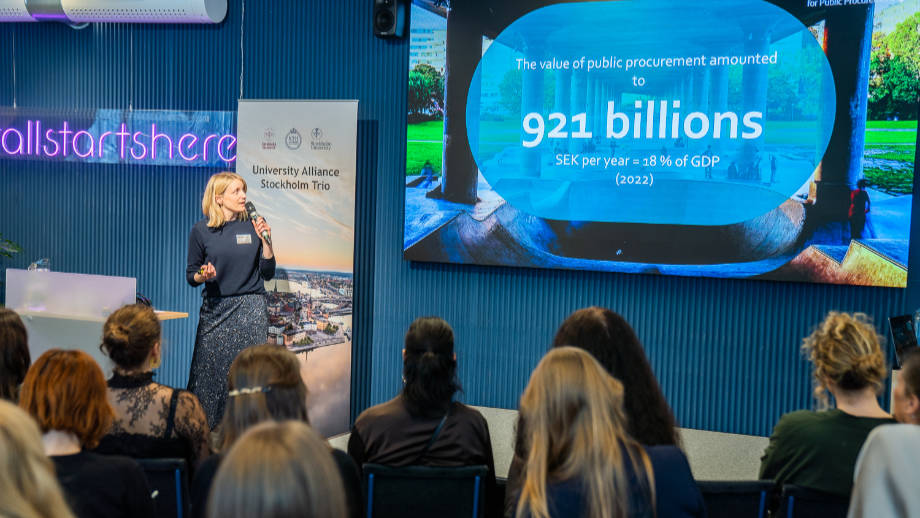
Sofia Lingegård, KTH presents her research on circular public procurement of textiles that has been developed in collaboration with the Swedish National Agency for Public Procurement. Published Dec 12, 2024On December 3, researchers, experts, and industry representatives gathered at KTH for a seminar on sustainability in the textile and fashion industry, hosted by the University Alliance Stockholm Trio....
Read the article -
The challenge of replacing fossil fuels with hydrogen
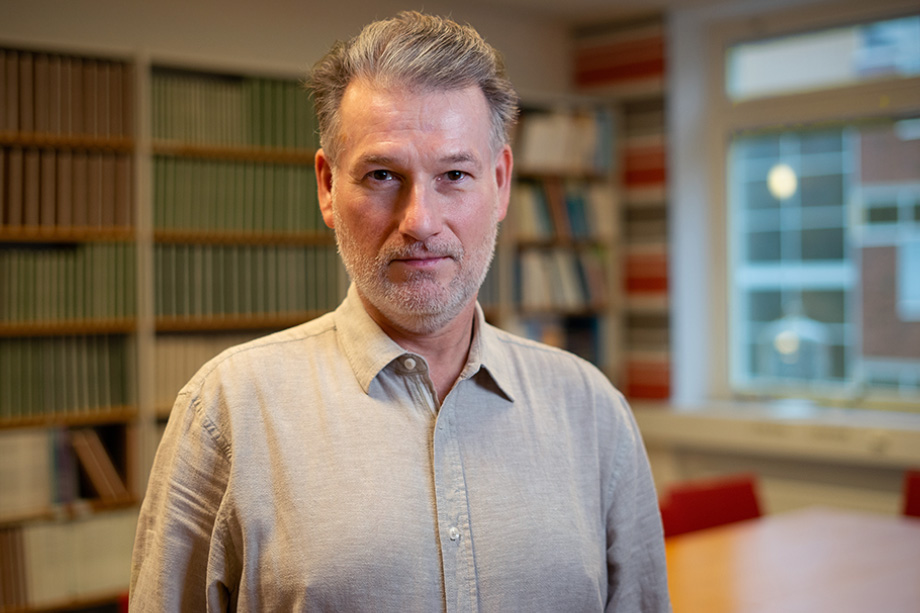
Stefan Grönkvist, professor at the Department of Chemical Engineering, is researching which types of energy can fit into a future, greener energy system (Photo: Jon Lindhe) Published Dec 11, 2024Hydrogen can become an integral part of future energy supply. But first we need to make progress on efficiency and storage issues. That's according to Stefan Grönkvist, professor of energy processes.
Read the article -
Commitment to environment earns KTH high place in sustainability ranking

The QS rankings place KTH fourth among Swedish universities for Sustainability. Published Dec 10, 2024KTH Royal Institute of Technology placed 66th worldwide in the newly-released QS Sustainability 2025 ranking, thanks to high marks in its commitment to environmental sustainability, environmental rese...
Read the article -
Major funding investment in wireless communication systems

KTH will lead two research projects as the Swedish Research Council invests heavily in 6G. Photo: Daria Nepriakhina/Unsplash Published Dec 09, 2024The Swedish Research Council grants SEK 104 million to four research projects on sixth-generation wireless systems. Of these, KTH will lead two projects with a combined investment of SEK 52 million.
Read the article -
Newsmakers at KTH – december 2024

Top, from left Hao Yang, Gabriella Mastantuoni, Li-Rong Zheng. Bottom, Catherine Trask, Joakim Lundeberg, Emil Björnsson and Lihui Wang. (Photo: KTH Royal Institute of Technology) Published Dec 09, 2024Healthy workplaces, more efficient production of hydrogen and fossil-free materials in batteries. These are some of the areas where KTH researchers have recently been recognised.
Read the article -
Driving fossil-free industry with next-gen nuclear energy
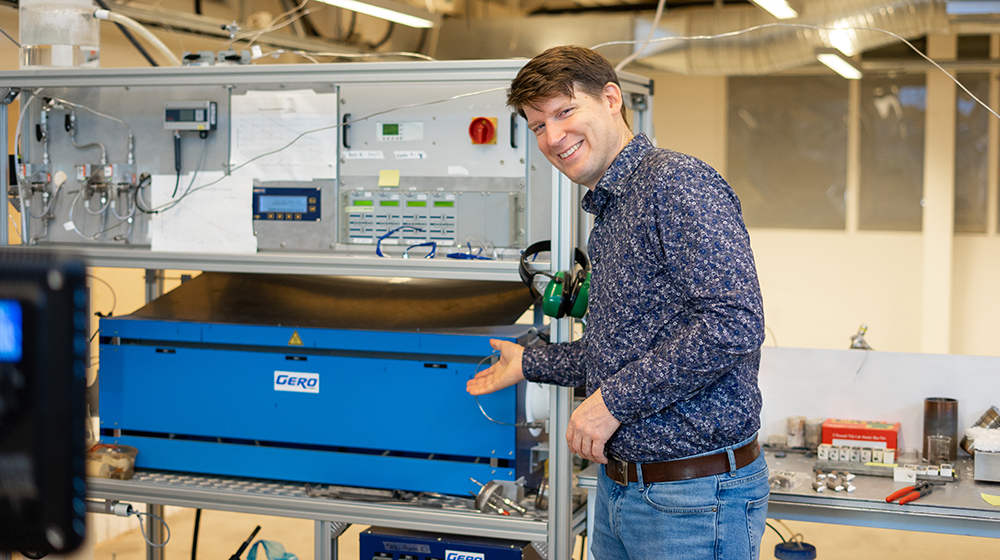
Professor Pär Olsson leads KTH's strategic initiative in nuclear technology. Photo: Jon Lindhe Published Dec 06, 2024KTH researchers are working to help heavy industry transition to fossil-free operations. A new initiative in nuclear technology focuses on next-generation reactors to provide efficient electricity and...
Read the article
